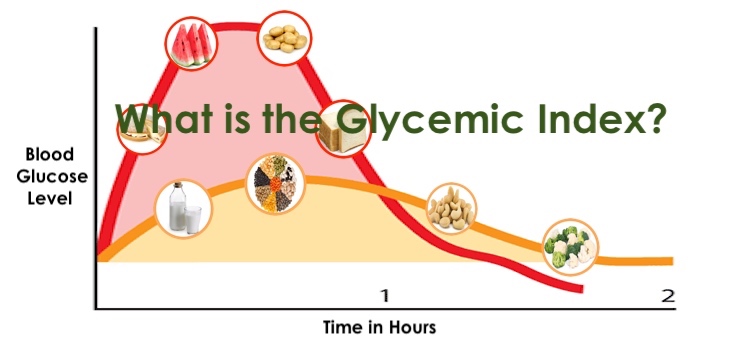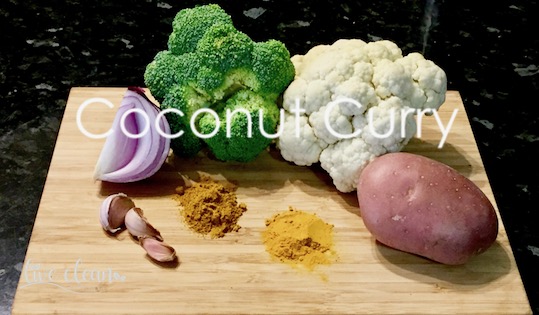Hi, today I’m going to talk about the ‘Glycemic Index’ and food.
Every food we eat affects our body differently, and not just in terms of health. The way it is processed by the body affects our energy and blood sugar levels.
Scott is studying Nutrition this semester and has been learning all about the ‘Glycemic Index’. He shared some facts that I found very interesting and I decided to share them with you.
First of all, what is the ‘Glycemic Index’?
Wikipedia states –‘The glycemic index (GI) is a number associated with the carbohydrates in a particular type of food that indicates the effect of these carbohydrates on a person’s blood glucose (also called blood sugar) level.’….’ The GI represents the rise in a person’s blood sugar level two hours after consumption of the food.’
In basic terms – foods that are difficult for the body to digest are considered Lower GI foods usually with a value (55 or less). These foods cause a lower and slower rise in blood glucose and, therefore, insulin levels.
What about ‘Glycemic Load’?
Another method of measuring the effect of food on the body’s glucose is considering its ‘Glycemic Load’ (GL).
GI does not consider the portion of food, but glycemic load (GL) does.
Basically, if a food is ranked high on the glycemic index it has readily available carbohydrate for quick absorption. However, the same food can have a low glycemic load because there may not actually be much total carbohydrate in a given serving of that food. A low GL is the better indicator that a food won’t have much impact on blood glucose levels.
The difference
Here are two examples: Watermelon has a high GI of 72, yet a low GL of 7.21. The high GI is based on 5 cups of watermelon, not an actual serving size of 1 cup. The low GL means one serving of watermelon doesn’t contain much carbohydrate, because it is actually mostly water. The low GL indicates that a serving of watermelon won’t have much impact on your blood sugar.
Carrots are another example of a low GL food that many people think will raise their blood sugar a lot — but it’s not true. That’s because carrots have a high GI of 71. However, what most people don’t know is that the GL for carrots is only 6.
Therefore, unless you’re going to eat half a kg of carrots in one sitting, an average serving of carrots will have very little impact on blood glucose levels. That said, juicing carrots — which means consuming more carrots at once — will have a greater impact on blood glucose.
With this in mind, here is an interesting fact that Scott has shared in regards to potatoes.
Potatoes are generally regarded as having a high GI rating, because they are a simple starch food, which is quickly converted into sugar. However it is possible to alter this.
By cooking potatoes, then cooling and again reheating them, the starches become ‘resistant’. This means that they now resist digestion and so in this way are considered a low GI food.
I hope this information has helped you to have a better understanding of these terms that are so often used to describe the food we eat.
Until the next post,
Live Clean n Prosper


